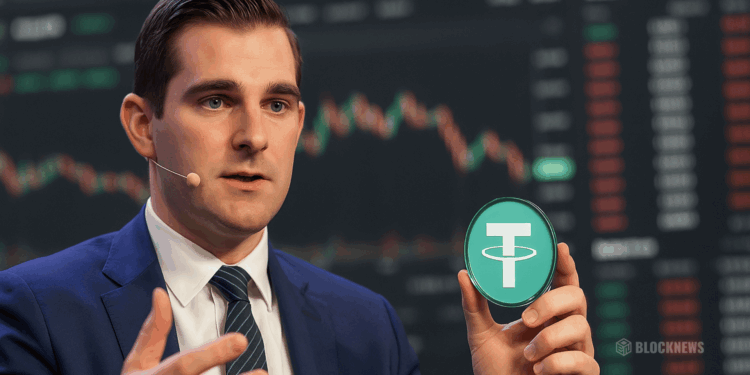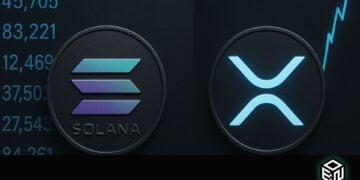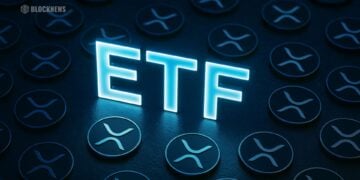- Tether launched USAT, a U.S.-regulated stablecoin under the GENIUS Act.
- Former White House advisor Bo Hines will lead Tether’s U.S. operations from Charlotte, NC.
- USAT aims to strengthen dollar dominance while serving U.S. institutions with compliance-first infrastructure.
Tether, the world’s largest stablecoin issuer, has announced the launch of a new token called USAT, aimed at U.S. businesses and institutions. Unlike its flagship USDT, which serves global markets, USAT will operate under U.S. regulations through the GENIUS Act. The move marks Tether’s most significant push into the American market after years of regulatory distance, signaling a shift toward direct engagement with lawmakers and institutions.
Bo Hines Named CEO of Tether U.S.
As part of its expansion, Tether appointed Bo Hines, former head of the White House’s crypto advisory group, as CEO of its U.S. business. The unit will be headquartered in Charlotte, North Carolina. Hines’ appointment highlights Tether’s effort to strengthen credibility in Washington and reposition itself from a controversial offshore entity to a regulated partner aligned with U.S. policy goals.
How USAT Will Operate
USAT will be issued by Anchorage Digital, with Cantor Fitzgerald serving as reserve custodian and primary dealer. The token will run on Tether’s Hadron platform, ensuring compliance with U.S. regulatory frameworks while maintaining Tether’s liquidity model. The strategy mirrors USDT’s role as a global digital dollar but with oversight tailored to the U.S. financial system.
Stablecoins as Dollar Strategy
Stablecoins are increasingly seen as tools for reinforcing U.S. dollar dominance in global markets. Treasury Secretary Scott Bessent said earlier this year that stablecoins would be central to keeping the dollar as the world’s reserve currency. Tether already invests heavily in U.S. Treasuries, and CEO Paolo Ardoino described USAT as “a commitment to ensuring the dollar thrives in the digital age.” With stablecoin market capitalization up 34% in 2025, Tether is positioning itself to capture institutional demand in a growing sector.














